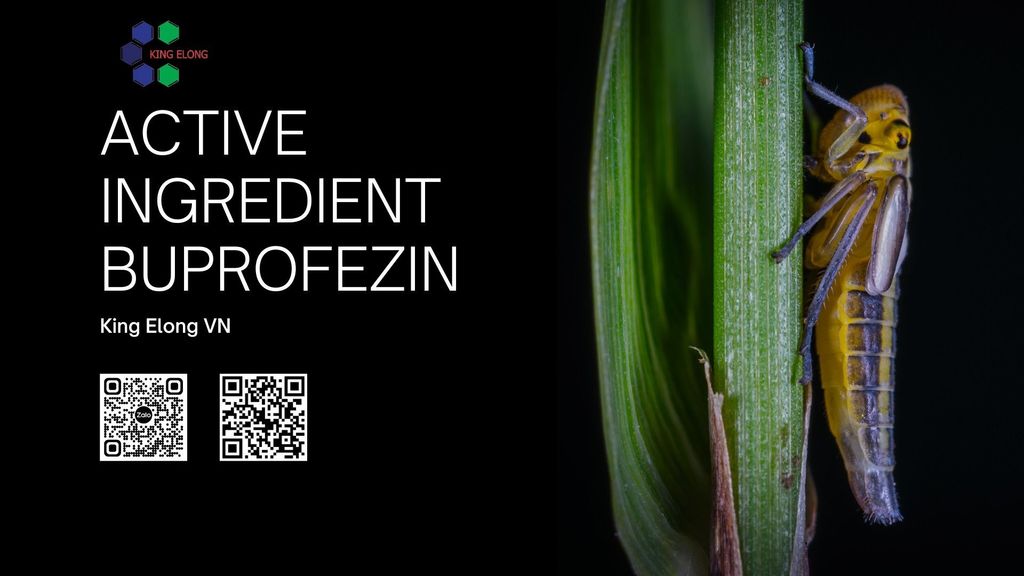Origin:
Buprofezin is a new generation selective insecticide developed by a Japanese pesticide company. It belongs to the group of insect growth regulators (IGRs) with the chemical formula C16H23N3OS.
Mechanism of Action:
Buprofezin disrupts insect development by inhibiting chitin synthesis, a crucial component of the insect exoskeleton. This prevents insects from molting properly, leading to deformities in their larval or adult stage and eventually death.
While not directly killing adult insects, Buprofezin reduces their lifespan and reproductive capacity. Eggs laid by affected insects will not hatch or the larvae that hatch will die quickly. This multi-pronged approach makes Buprofezin highly effective in controlling pest populations.
Applications:
Buprofezin has high selectivity and is particularly effective against aphids, leafhoppers, whiteflies, and scale insects. It also exhibits larvicidal activity against certain beetles and mites. This makes Buprofezin a valuable tool for controlling a wide range of pests in various agricultural settings, from rice (brown planthopper, white backed planthopper) to tea and potato (aphids), citrus and vegetables (whiteflies), and fruit trees and tea (scale insects, mealybugs). Its efficiency can last over 30 days, providing sustainable pest control.
Buprofezin belongs to the toxicity group III in accordance with WHO standard; therefore, when using products containing this active ingredient, users must strictly follow the instructions for use and protective measures to avoid the risk of poisoning.


